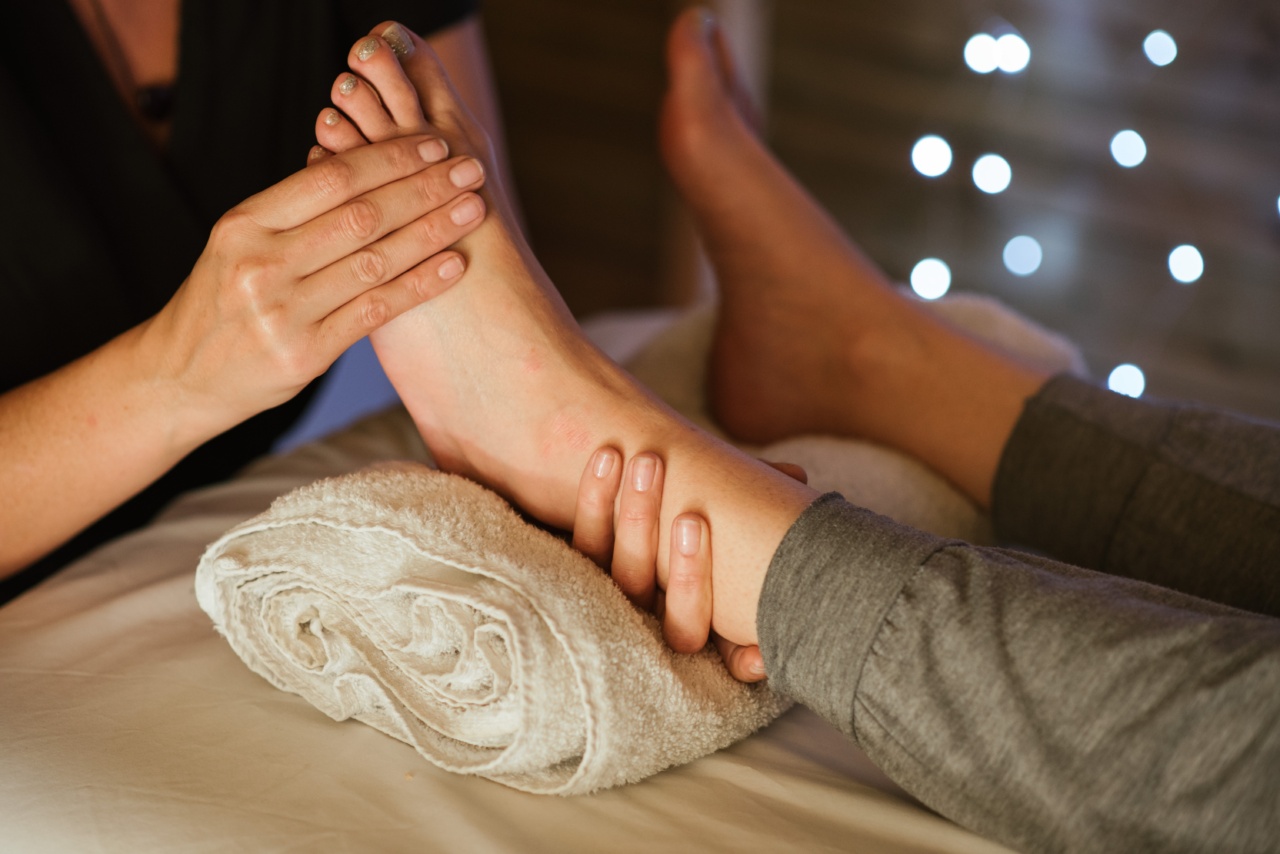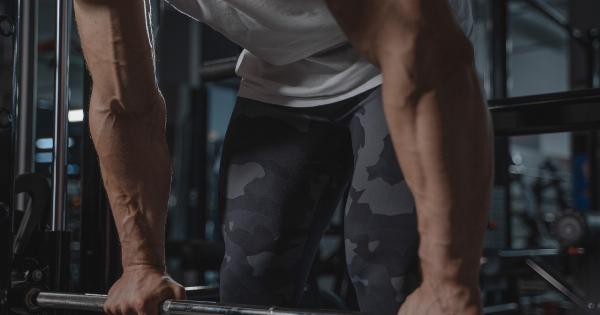Varicose veins are a common issue affecting millions of people across the world. These bulging veins, predominantly found in legs, often cause discomfort, pain, and swelling.
Previously, the only treatment available was surgery, but with technological advancements and medical developments, advanced techniques for varicose vein treatment are now available. These techniques offer greater comfort, precision, and effectiveness. Here are some of the advanced techniques used to treat varicose veins:.
Endovenous Radiofrequency Ablation (EVRA)
EVRA is a minimally invasive technique for treating varicose veins that involves using radiofrequency energy to destroy the affected vein. A catheter is inserted into the vein under ultrasound guidance, and radio waves are used to heat up the vein.
This heat damages the vein, causing it to shrink and eventually close off. Once the vein is closed off, the blood naturally flows through other healthy veins, reducing pressure and eliminating the symptoms of varicose veins.
Endovenous Laser Treatment (EVLT)
EVLT is another minimally invasive option. Here, a thin laser fiber is inserted into the vein, which delivers heat energy to the vein’s walls, causing the vein to shrink and collapse.
Like EVRA, the body naturally redirects blood flow to healthy veins, eventually causing the varicose veins’ symptoms to disappear.
ClariVein
ClariVein is another minimally invasive treatment involving the use of a catheter. This technique blends mechanical and chemical approaches to closing off the affected vein.
This technique is done by inserting a catheter under local anesthesia into the affected vein, with the catheter tip first releasing a medical solution that favors clot formation. Then, using the catheter’s rotating tip, the solution is spread throughout the vein’s walls. This physical disturbance works to speed up the clotting time, bringing the vein’s walls together and sealing the vein off.
VenaSeal
VenaSeal is a minimally invasive treatment that uses medical adhesive to seal the vein off, diverting blood flow to healthier veins.
This treatment involves the use of a thin catheter, which, inserted into the affected vein, places a small amount of adhesive within the vein’s walls. The vein then closes up, eventually disappearing as the body redirects blood flow to healthier veins.
Microphlebectomy
Microphlebectomy is a minimally invasive procedure that involves making tiny needle punctures in the skin through which a surgical hook is passed. The hook, used under a local anesthetic, is then used to extract varicose veins.
This procedure is often performed when the veins under the skin are visible and can be easily accessed.
Foam Sclerotherapy
Foam sclerotherapy is a minimally invasive treatment that involves injecting a foam-based medical solution into the affected vein. The foam causes the vein walls to collapse, and the vein eventually seals up and disappears.
Foam sclerotherapy is a perfect option for smaller veins in areas where other treatments might not work effectively.
Benefits of advanced varicose vein treatments
The rise of advanced treatments for varicose veins has revolutionized the way we manage venous diseases. Aside from being minimally invasive and being conducted under local anesthetic, these procedures offer numerous benefits:.
- Higher success rates in eliminating varicose veins, with little to no downtime
- Minimal scarring or discomfort during or after the procedure
- Minimized damage to surrounding tissues, unlike open surgery procedures
- Quicker recovery time with rapid improvements being visible within a few days
- Significant reduction of the risk of bleeding, bruising, or infection
- Improved quality of life with reduced swelling, discomfort and conditions like venous ulcers resolved
Conclusion:
The development of advanced treatments for varicose veins using minimally invasive techniques has revolutionized the way venous diseases are being managed.
These treatments offer excellent success rates, minimal downtime, faster recovery, and less discomfort. If you are experiencing the symptoms of varicose veins, consult a professional to discuss the treatment options available and which might be the best fit for you.






























